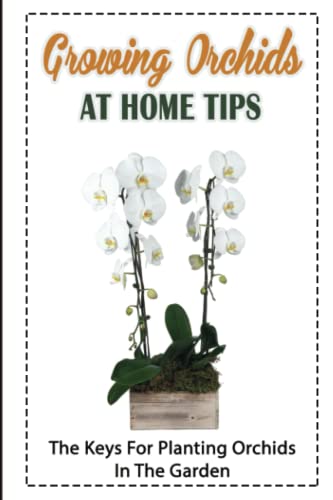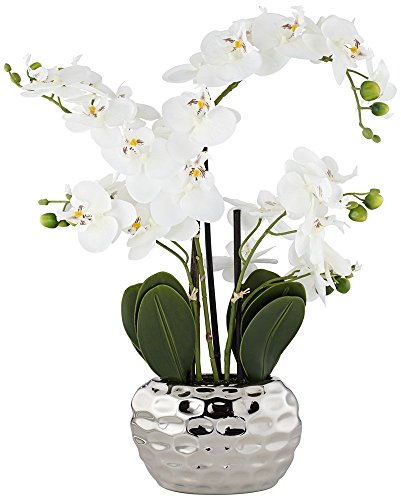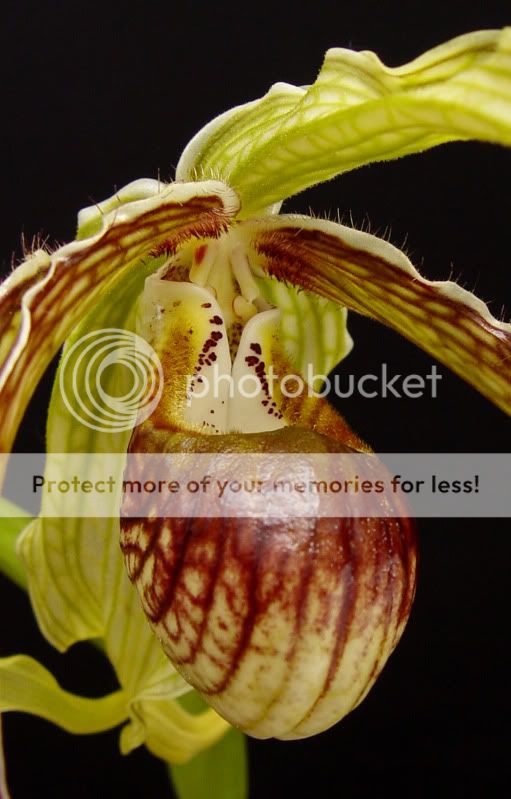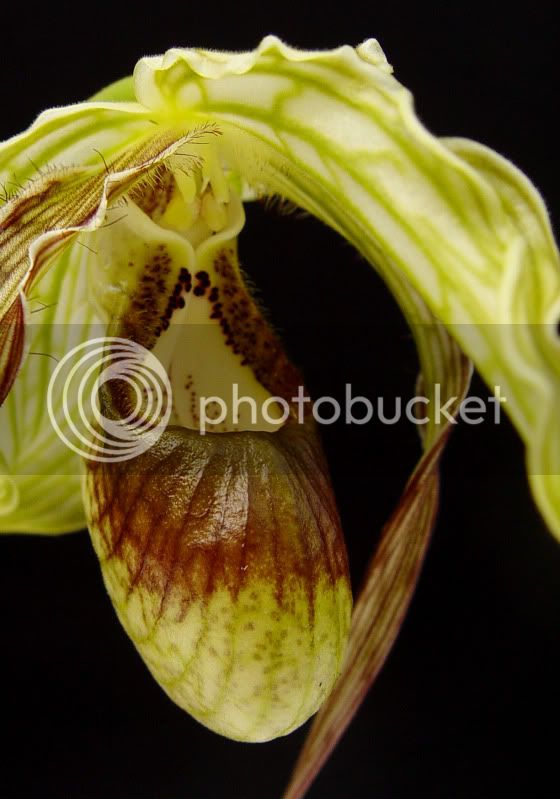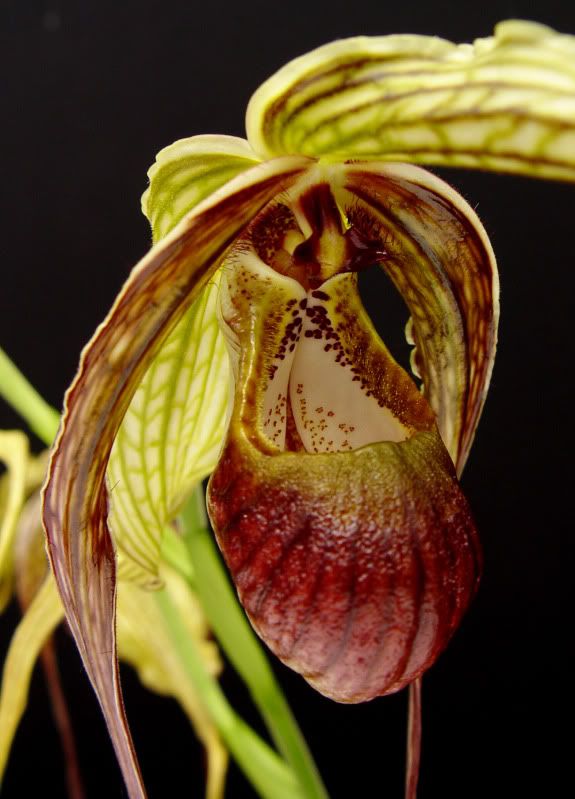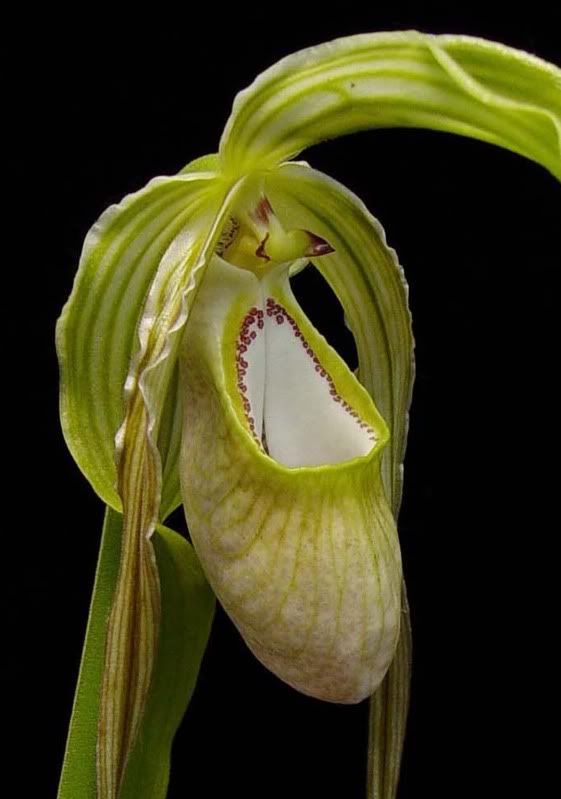Rick
Well-Known Member
According to Koopowitz, the missing staminode is a simple recessive trait, and hybridization with non exstaminodium species produces plants with normal staminodes. So I don't see any evidence of hybridization in these plants.
Since this species was a fairly recent discovery, it also seems like a fairly ambitious project for no value (pure research??) for someone to cross with popowii, and then self offspring until a new stable green house population of exstaminodium was developed. You would think that there would be a lot of left over hetero-popowii on the market if that were the case, but popowii is just about as hard to come across as exstaminodium.
Who knows, maybe the Gandalf line are escapees of the hybridization experiments that Koopowitz aluded too?:evil::evil:
I'm more inclined to think that even though this is a rare plant with very limited distribution that the subtle differences in flower we are seeing are normal variation for the population or cultural conditions. I guess it is a shame that the Chain of Custody from colection to this point apears to be broken so no one can prove that the plant is 100% exstam.
Since this species was a fairly recent discovery, it also seems like a fairly ambitious project for no value (pure research??) for someone to cross with popowii, and then self offspring until a new stable green house population of exstaminodium was developed. You would think that there would be a lot of left over hetero-popowii on the market if that were the case, but popowii is just about as hard to come across as exstaminodium.
Who knows, maybe the Gandalf line are escapees of the hybridization experiments that Koopowitz aluded too?:evil::evil:
I'm more inclined to think that even though this is a rare plant with very limited distribution that the subtle differences in flower we are seeing are normal variation for the population or cultural conditions. I guess it is a shame that the Chain of Custody from colection to this point apears to be broken so no one can prove that the plant is 100% exstam.





























